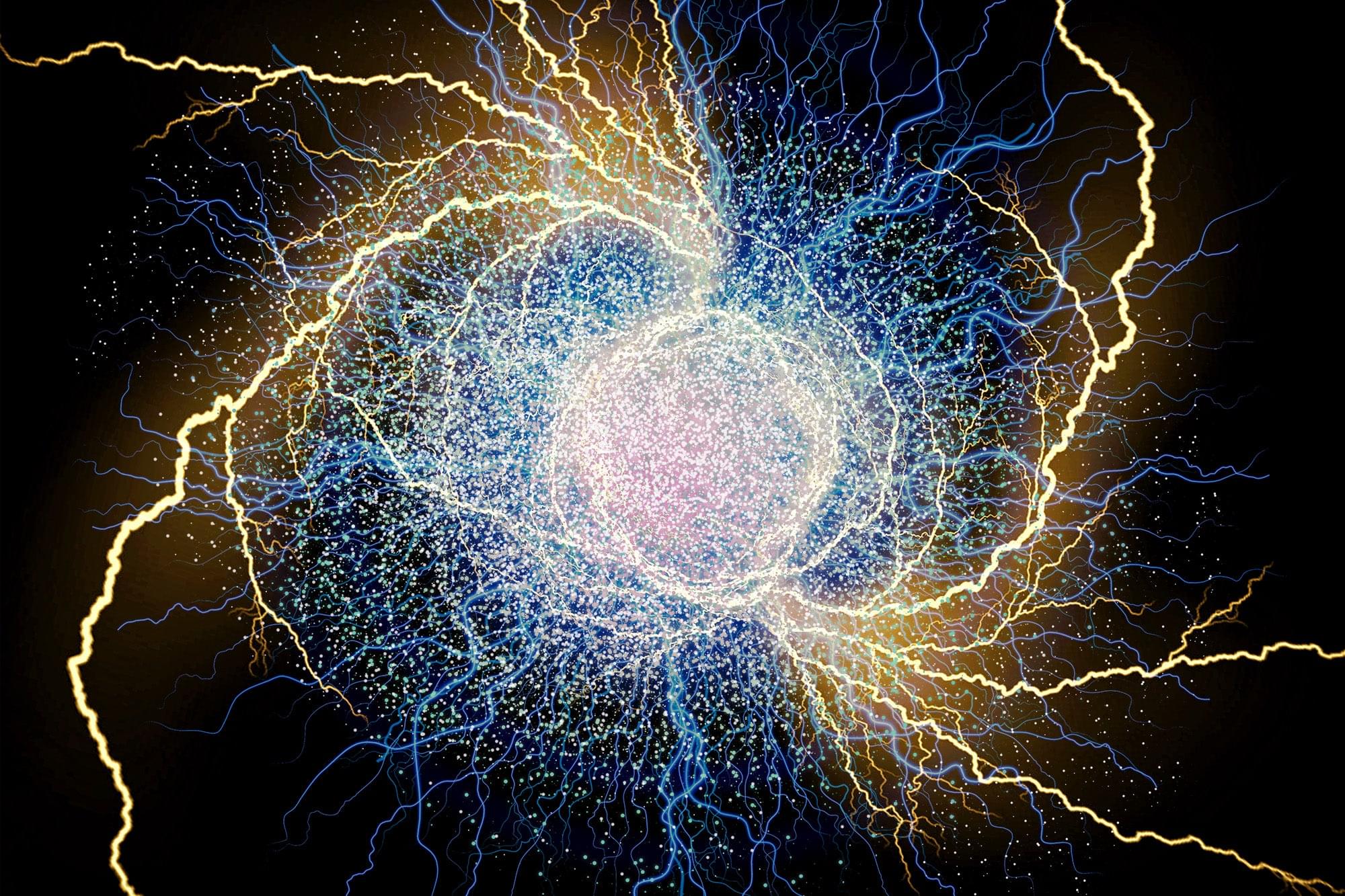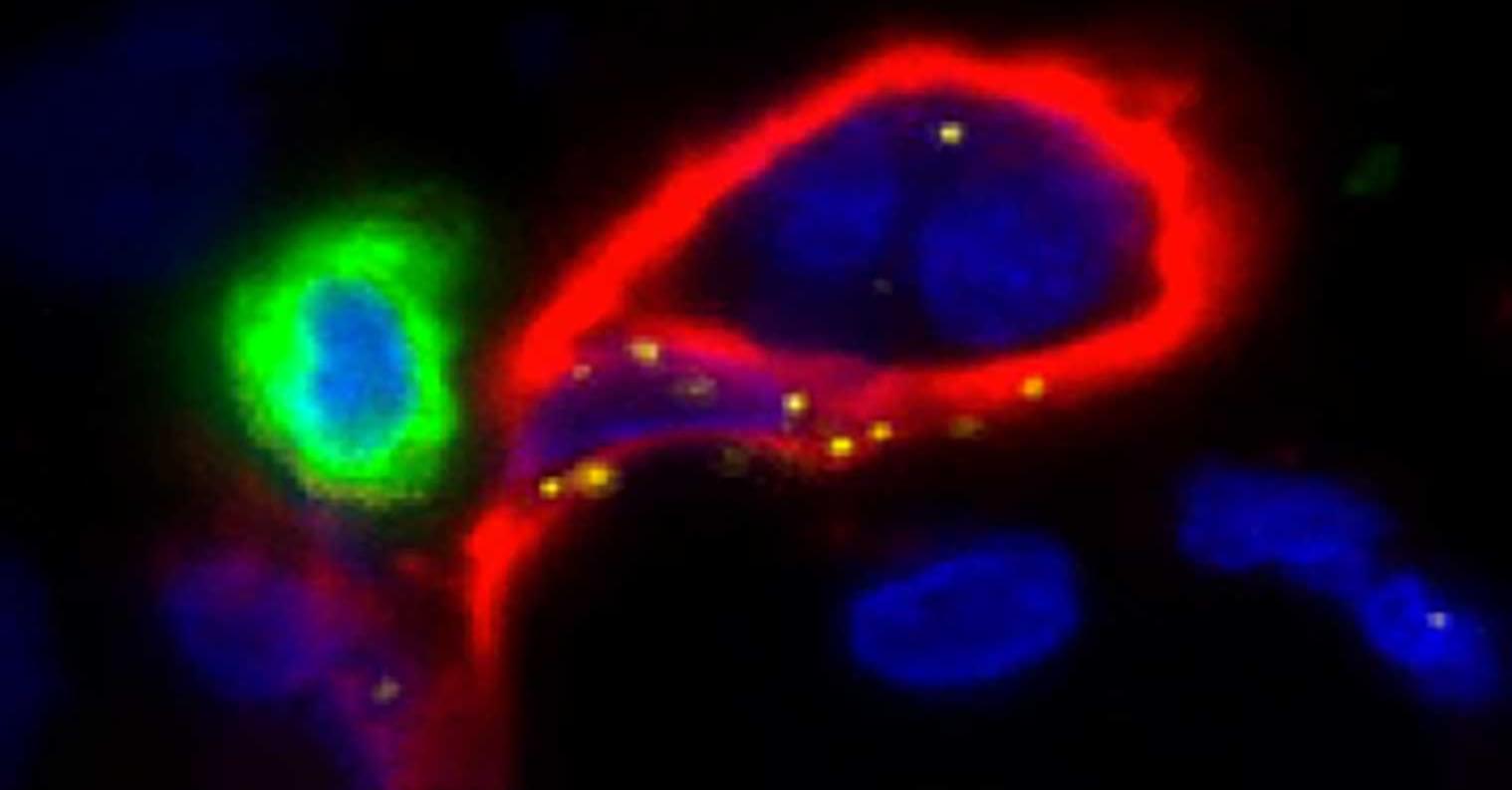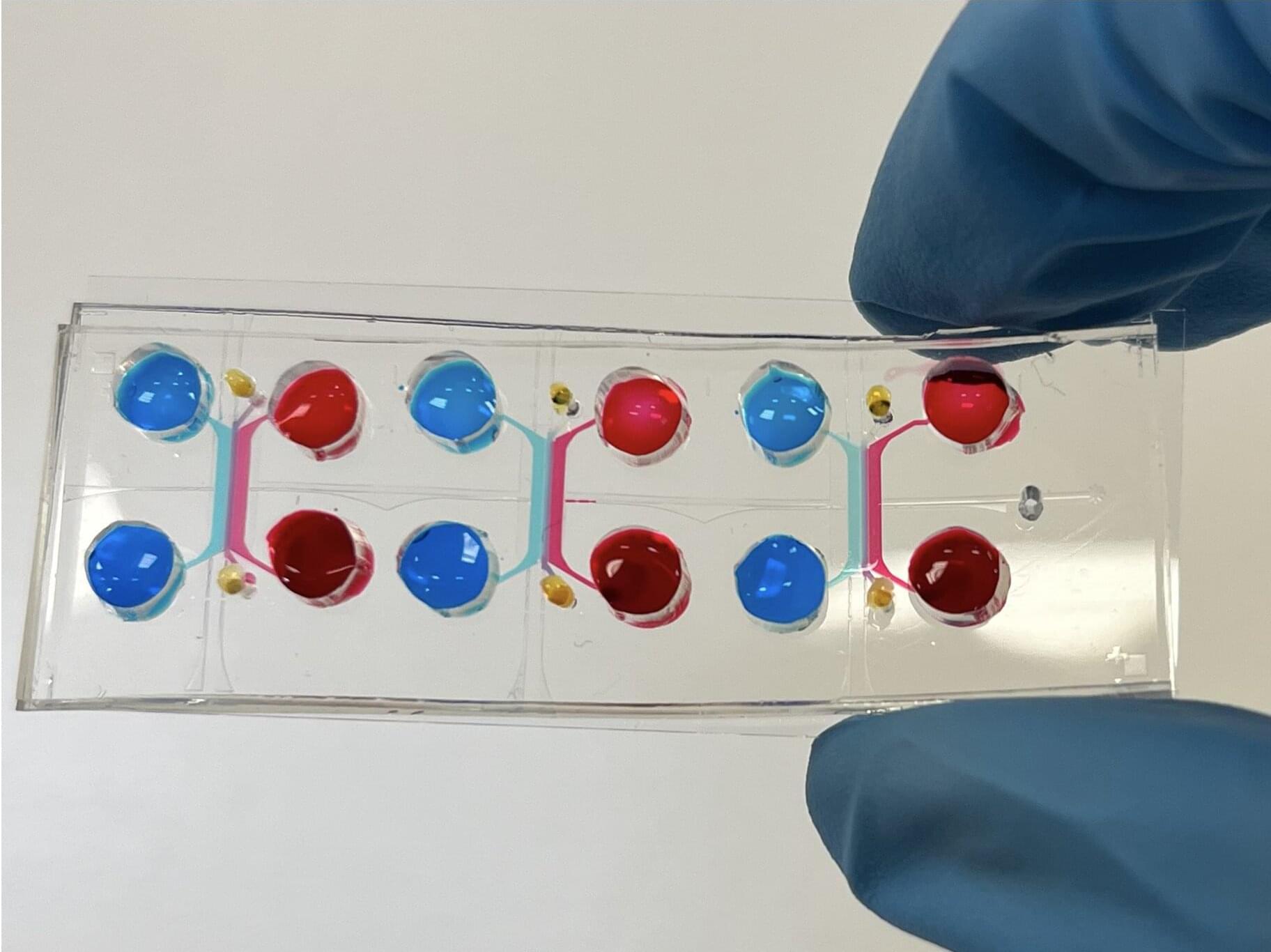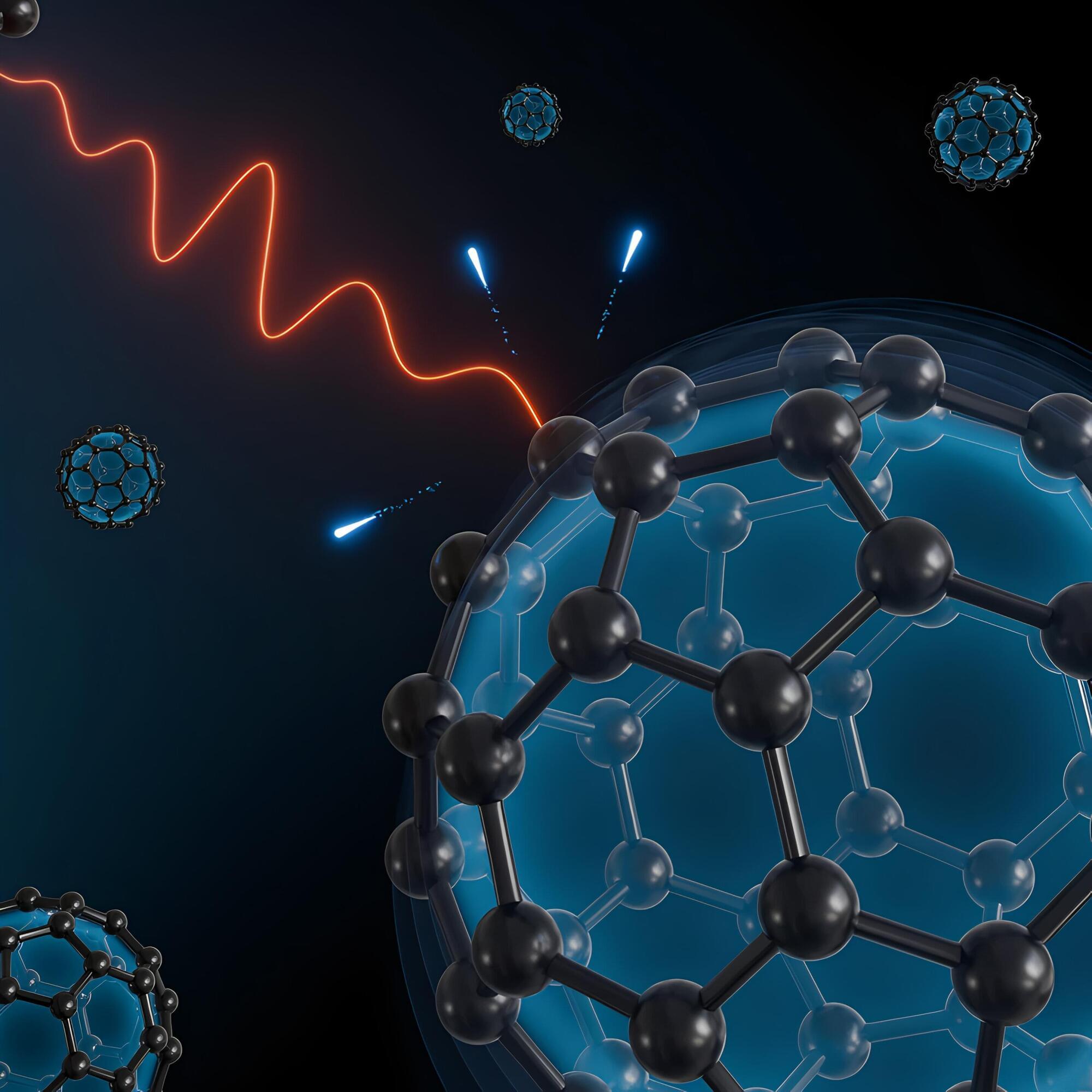Scientists have measured the quantum state of electrons for the first time, unlocking new insights into quantum mechanics and material science.
A technology that feels like it’s ‘always five years away’ may suddenly be two years away—but businesses are a little preoccupied.
Yuval Boger is the Chief Commercial Officer of QuEra Computing, a leader in neutral-atom quantum computers.
Quantum computing and artificial intelligence stand at the forefront of modern technological advancement, each representing a paradigm shift that can transform industries ranging from healthcare and finance to logistics and materials science. Not long ago, these two fields appeared to be competitors vying for the same innovation budgets—while AI generated immediate returns, quantum computing was seen as a more speculative endeavor. However, the reality is more nuanced. Rather than being rivals, quantum and AI can symbiotically accelerate one another’s progress, sparking breakthroughs that neither could achieve in isolation.
AI is widely deployed today, driving business value via deep learning models, sophisticated analytics platforms and even self-driving technologies. Executives can see tangible returns in short timeframes, spurring widespread adoption. Quantum computing, by contrast, has yet to reach full commercial viability.
Longevity Escape Velocity @ rc Austin with Aubrey de Grey and David Wood.
Every year, millions die prematurely around the world, and hundreds of millions more suffer – all from entirely preventable conditions. We lose billions of years of life, precious time, and human progress to a single insidious process: aging.
The good news? We don’t have to.
Yale researchers have uncovered a new role for mRNA — being part of the “feet” that allow cells to move around the body.
View a PDF of the paper titled The Danger of Overthinking: Examining the Reasoning-Action Dilemma in Agentic Tasks, by Alejandro Cuadron and 15 other authors
Posted in innovation, robotics/AI | Leave a Comment on View a PDF of the paper titled The Danger of Overthinking: Examining the Reasoning-Action Dilemma in Agentic Tasks, by Alejandro Cuadron and 15 other authors
Abstract: Large Reasoning Models (LRMs) represent a breakthrough in AI problem-solving capabilities, but their effectiveness in interactive environments can be limited. This paper introduces and analyzes overthinking in LRMs. A phenomenon where models favor extended internal reasoning chains over environmental interaction. Through experiments on software engineering tasks using SWE Bench Verified, we observe three recurring patterns: Analysis Paralysis, Rogue Actions, and Premature Disengagement. We propose a framework to study these behaviors, which correlates with human expert assessments, and analyze 4,018 trajectories. We observe that higher overthinking scores correlate with decreased performance, with reasoning models exhibiting stronger tendencies toward overthinking compared to non-reasoning models. Our analysis reveals that simple efforts to mitigate overthinking in agentic environments, such as selecting the solution with the lower overthinking score, can improve model performance by almost 30% while reducing computational costs by 43%. These results suggest that mitigating overthinking has strong practical implications. We suggest that by leveraging native function-calling capabilities and selective reinforcement learning overthinking tendencies could be mitigated. We also open-source our evaluation framework and dataset to facilitate research in this direction at this https URL.
From: Alejandro Cuadron [view email].
Clogged arteries are a dangerous health problem. Catching it early can save your life. Here are 10 signs your arteries are blocked.
A team of researchers has developed a “gut-on-chip” (a miniature model of the human intestine on a chip-sized device) capable of reproducing the main features of intestinal inflammation and of predicting the response of melanoma patients to immunotherapy treatment. The results have just been published in Nature Biomedical Engineering.
The interaction between microbiota and immunotherapy has long been known. It is the result of both systemic effects, i.e., the immune response elicited in the entire body by immunotherapy, and local processes, especially in the gut, where most of the bacteria that populate our body live. However, the latter can only be studied in animal models, with all their limitations.
Indeed, there is no clinical reason to subject a patient receiving immunotherapy for melanoma to colonoscopy and colon biopsy. Yet intestinal inflammation is one of the main side effects of this treatment, often forcing the therapy to be discontinued.
Attosecond time-resolved experiments have revealed the increasing importance of electronic correlations in the collective plasmon response as the size of the system decreases to sub-nm scales.
The study, published in the journal Science Advances, was led by the University of Hamburg and DESY as part of a collaboration with Stanford, SLAC National Accelerator Laboratory, Ludwig-Maximilians-Universität München, Northwest Missouri State University, Politecnico di Milano and the Max Planck Institute for the Structure and Dynamics of Matter.
Plasmons are collective electronic excitations that give rise to unique effects in matter. They provide a means of achieving extreme light confinement, enabling groundbreaking applications such as efficient solar energy harvesting, ultrafine sensor technology, and enhanced photocatalysis.








